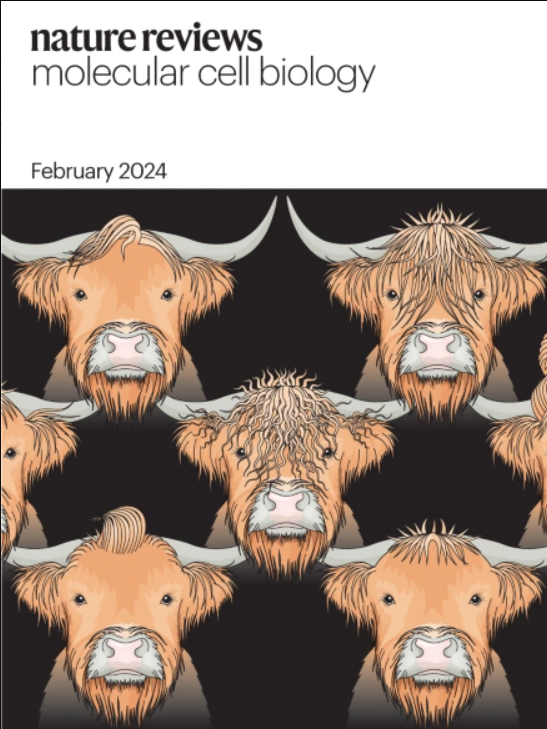A guide to the biogenesis and functions of endogenous small non-coding RNAs in animals
IF 90.2
1区 生物学
Q1 CELL BIOLOGY
引用次数: 0
Abstract
Small non-coding RNAs can be categorized into two main classes: structural RNAs and regulatory RNAs. Structural RNAs, which are abundant and ubiquitously expressed, have essential roles in the maturation of pre-mRNAs, modification of rRNAs and the translation of coding transcripts. By contrast, regulatory RNAs are often expressed in a developmental-specific, tissue-specific or cell-type-specific manner and exert precise control over gene expression. Reductions in cost and improvements in the accuracy of high-throughput RNA sequencing have led to the identification of many new small RNA species. In this Review, we provide a broad discussion of the genomic origins, biogenesis and functions of structural small RNAs, including tRNAs, small nuclear RNAs (snRNAs), small nucleolar RNAs (snoRNAs), vault RNAs (vtRNAs) and Y RNAs as well as their derived RNA fragments, and of regulatory small RNAs, such as microRNAs (miRNAs), endogenous small interfering RNAs (siRNAs) and PIWI-interacting RNAs (piRNAs), in animals. Many new small RNA species and their derived fragments have been recently identified in animals. This Review discusses the biogenesis and functions of both structural small RNAs, such as tRNAs and small nuclear RNAs (snRNAs), and of regulatory small RNAs such as microRNAs and PIWI-interacting RNAs (piRNAs).


动物内源性小非编码rna的生物发生和功能指南
小的非编码rna可以分为两大类:结构rna和调控rna。结构rna数量丰富,表达普遍,在pre- mrna的成熟、rna的修饰和编码转录物的翻译中起着至关重要的作用。相比之下,调节性rna通常以发育特异性、组织特异性或细胞类型特异性的方式表达,并对基因表达进行精确控制。成本的降低和高通量RNA测序准确性的提高导致了许多新的小RNA物种的鉴定。在这篇综述中,我们广泛讨论了结构小RNA的基因组起源、生物发生和功能,包括tRNAs、小核RNA (snrna)、小核核RNA (snoRNAs)、vault RNA (vtRNAs)和Y RNA及其衍生的RNA片段,以及动物中的调节性小RNA,如microRNAs (miRNAs)、内源性小干扰RNA (sirna)和piwi相互作用RNA (piRNAs)。
本文章由计算机程序翻译,如有差异,请以英文原文为准。
求助全文
约1分钟内获得全文
求助全文
来源期刊
CiteScore
173.60
自引率
0.50%
发文量
118
审稿时长
6-12 weeks
期刊介绍:
Nature Reviews Molecular Cell Biology is a prestigious journal that aims to be the primary source of reviews and commentaries for the scientific communities it serves. The journal strives to publish articles that are authoritative, accessible, and enriched with easily understandable figures, tables, and other display items. The goal is to provide an unparalleled service to authors, referees, and readers, and the journal works diligently to maximize the usefulness and impact of each article. Nature Reviews Molecular Cell Biology publishes a variety of article types, including Reviews, Perspectives, Comments, and Research Highlights, all of which are relevant to molecular and cell biologists. The journal's broad scope ensures that the articles it publishes reach the widest possible audience.

 求助内容:
求助内容: 应助结果提醒方式:
应助结果提醒方式:


